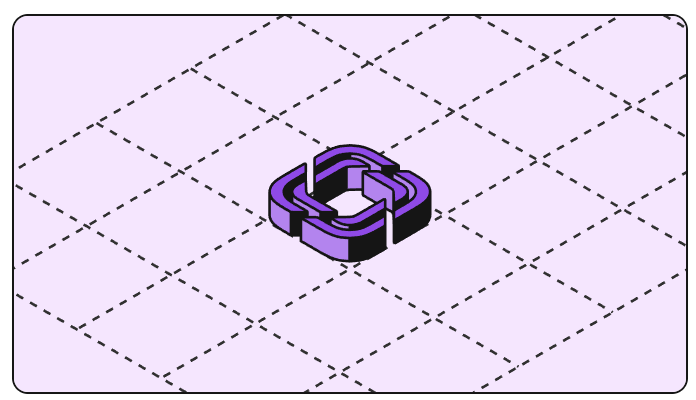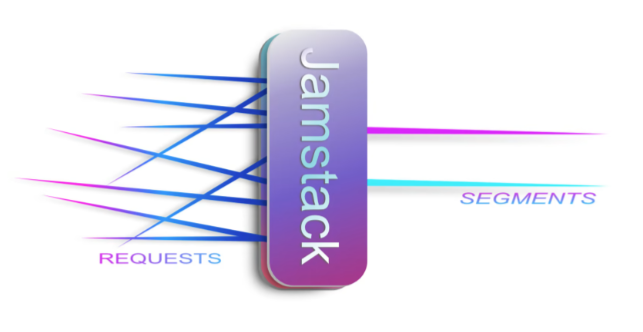Patterns are self‑paced, self‑contained, goal‑oriented, multimedia courses.
Wow, that's a mouthful. Let me rephrase.
Each Pattern is a course on its own that will teach you how to solve a precise problem. For instance serving files from Next.js, or using client-only code in your React components.
A Pattern combines text content, code samples, videos and practical exercices. My experiences with students taught me that this is the best way to learn and memorize new concepts.
New Patterns will come up regularly. The first Pattern is already out, you can preview the course content for free.
You can also join the newsletter to be informed when new Patterns are released and benefit from a 50% reduction on the first Pattern.



